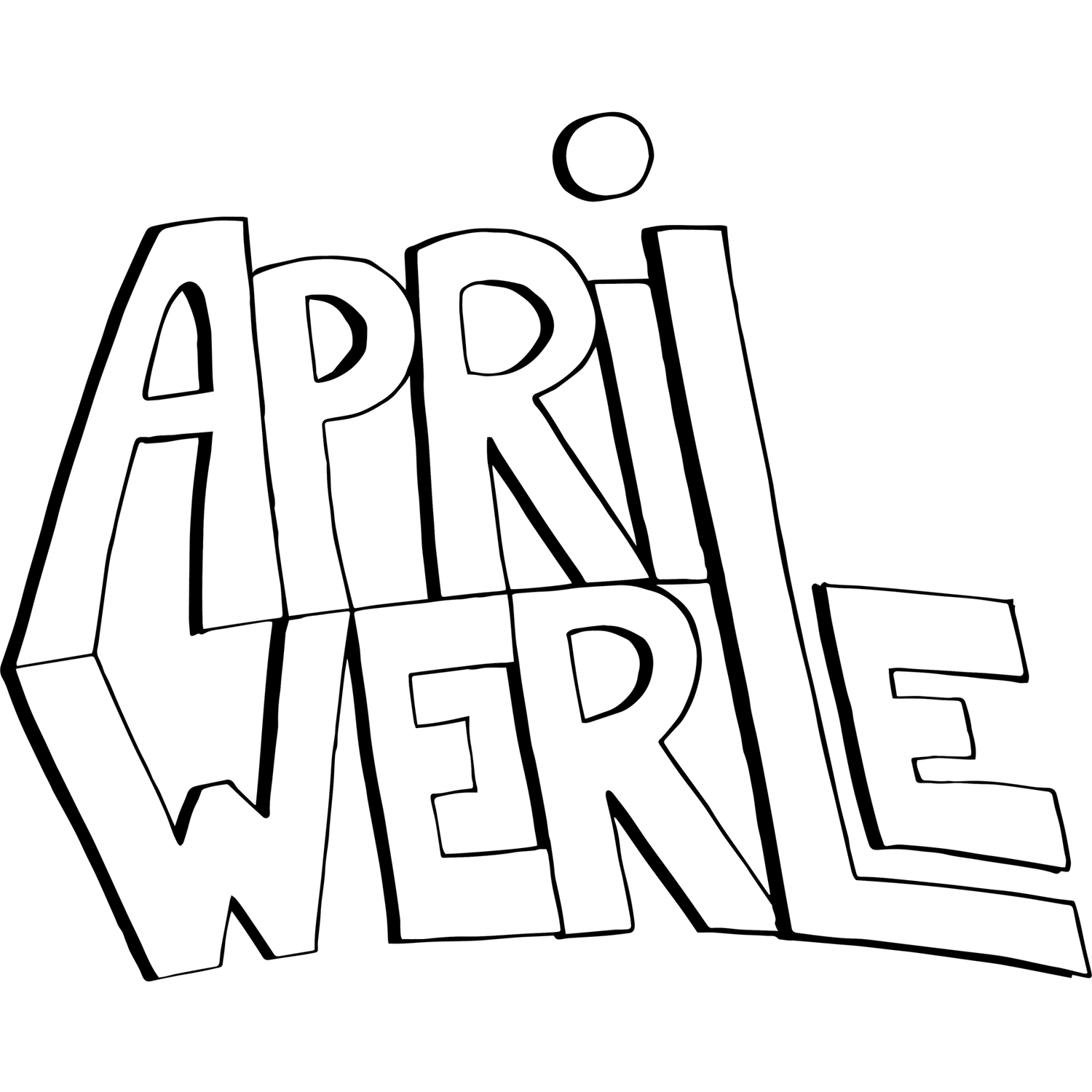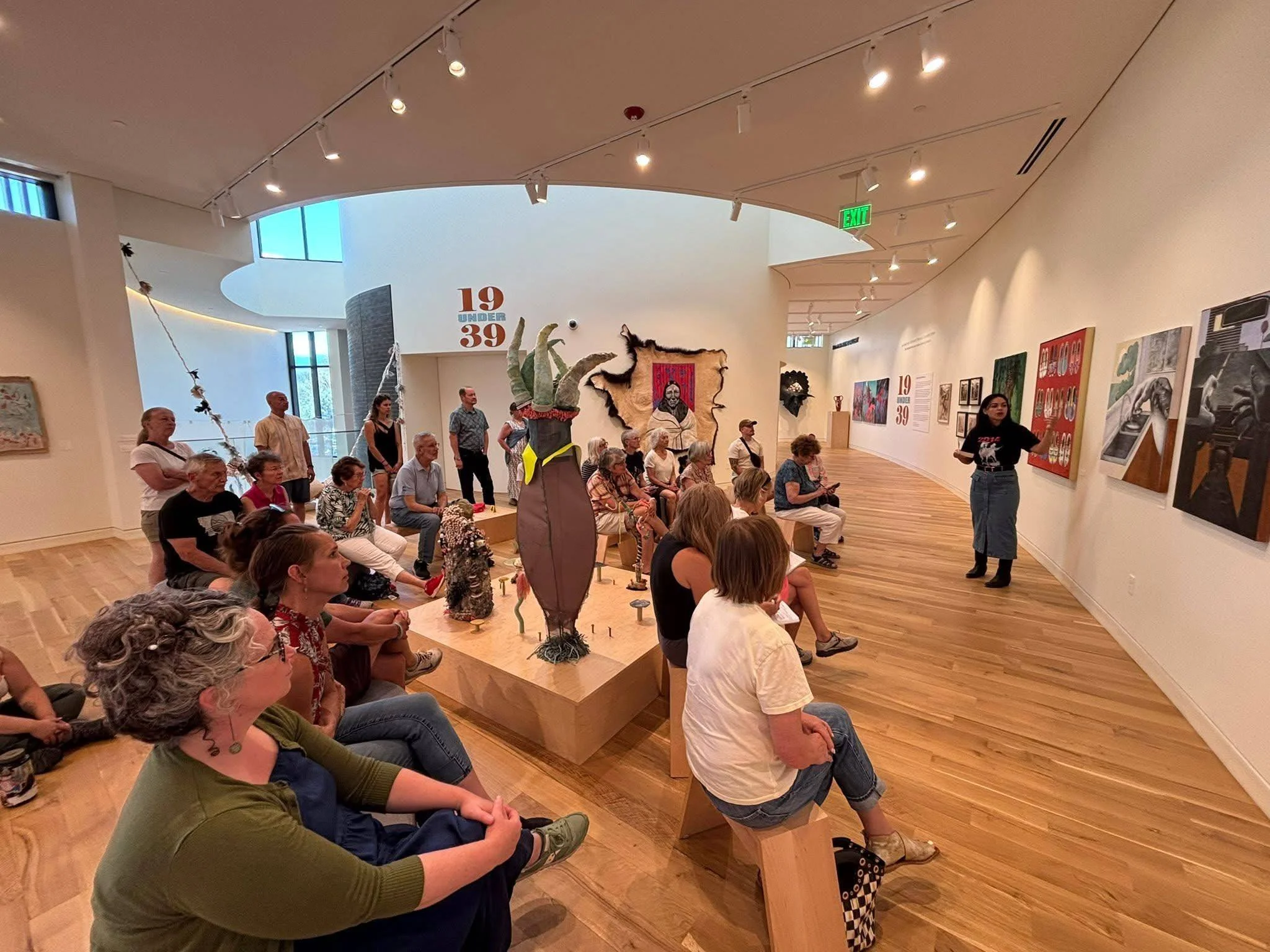Reimagining Racial Identity through Folkloric Archetypes
My friends say I’d be like you in a past life, 2025, 30 × 23.75 in, Acrylic and stain on wood panel
I’m getting so close to finishing My Other Half…
The show I’ve been working on for a while now. I’m leaving in a couple of days for a family reunion in the Philippines—it’s been 15 years since my mom and little sister have been back, so the whole family is flying out. It’s going to be a full house! I’ll be taking three weeks off, then coming home to make one last small painting before heading to my 10-week residency in Denver.
While giving my talk for the 19 Under 39 Exhibition at the Montana Museum of Art and Culture, I had the chance to reflect on how my work has evolved. Someone asked a great question about my thematic break from folklore over the past couple of years. I shared that I intentionally stepped away from folklore to focus on observing and painting real quotes—moments that captured the negotiation of culture within familial relationships. I spent this time focusing on how culture and racial identity have manifested in my own life—both in the family I was born into and the one I’ve built. That period in my studio practice was essential for building self-awareness and understanding the differences between cultural and racial identity.
This past winter, I unexpectedly took a turn back into folklore, magic, and mysticism—feeling the need to approach heavy topics through metaphor and escapism. My Other Half originally began as another show of real moments reinterpreted through hands, but it evolved into a show about mirrors. The work became more exploratory of racial identity, building a metaphor where race is a haunting presence and a reflection that we manifest.
When I get to Denver, I’m excited to keep expanding on this—transitioning from the witch archetype (candles and mirrors) to the haunted house archetype.
Artist Talk, 19 Under 39 Exhibition, Montana Museum of Art and Culture


